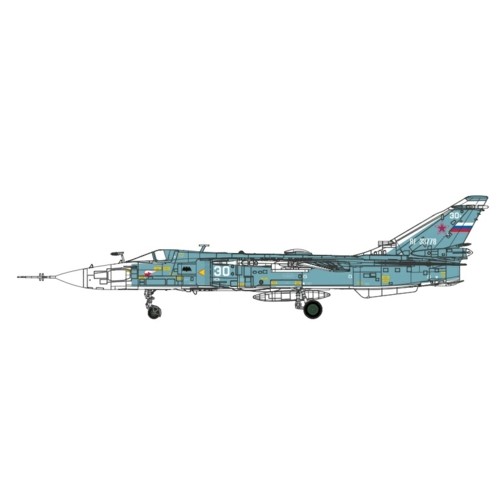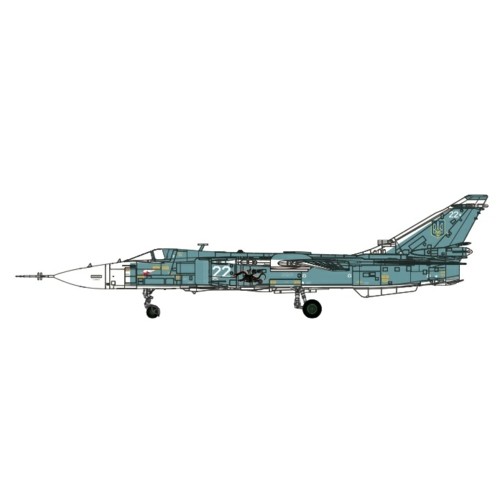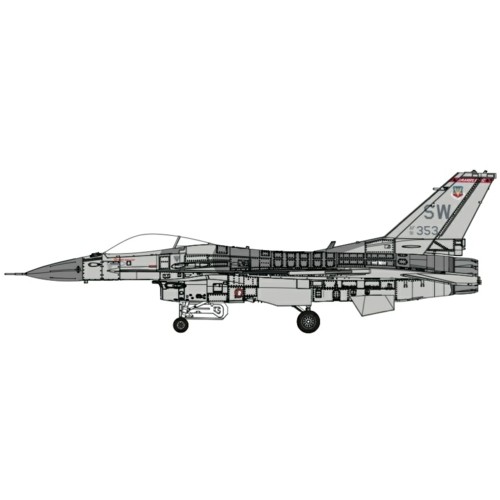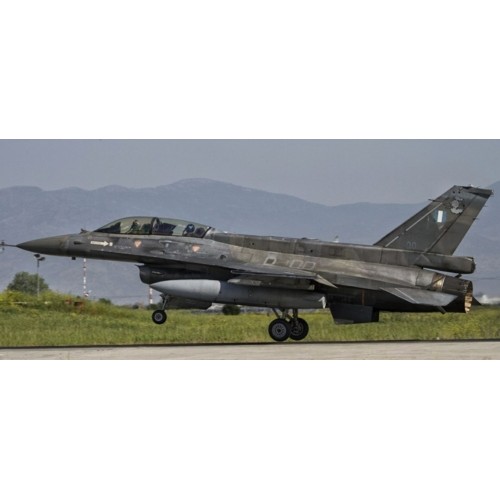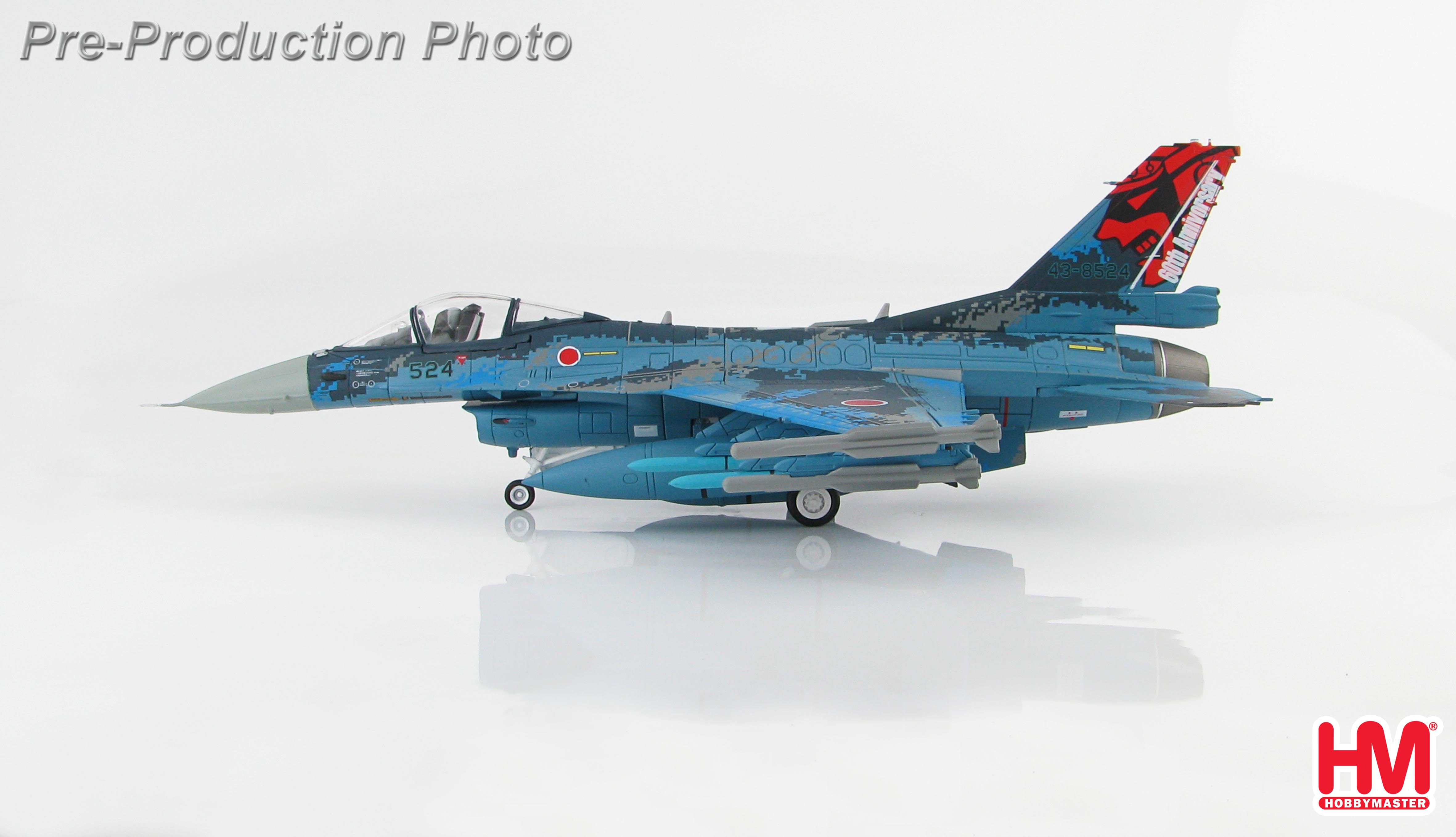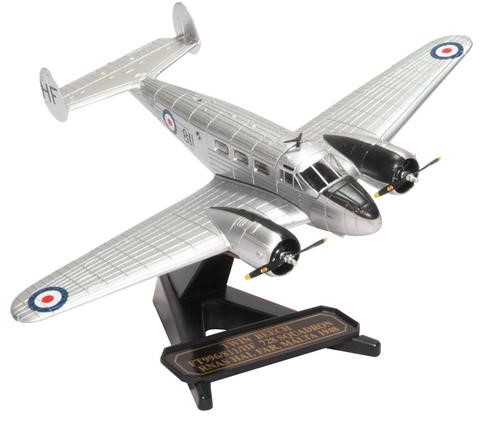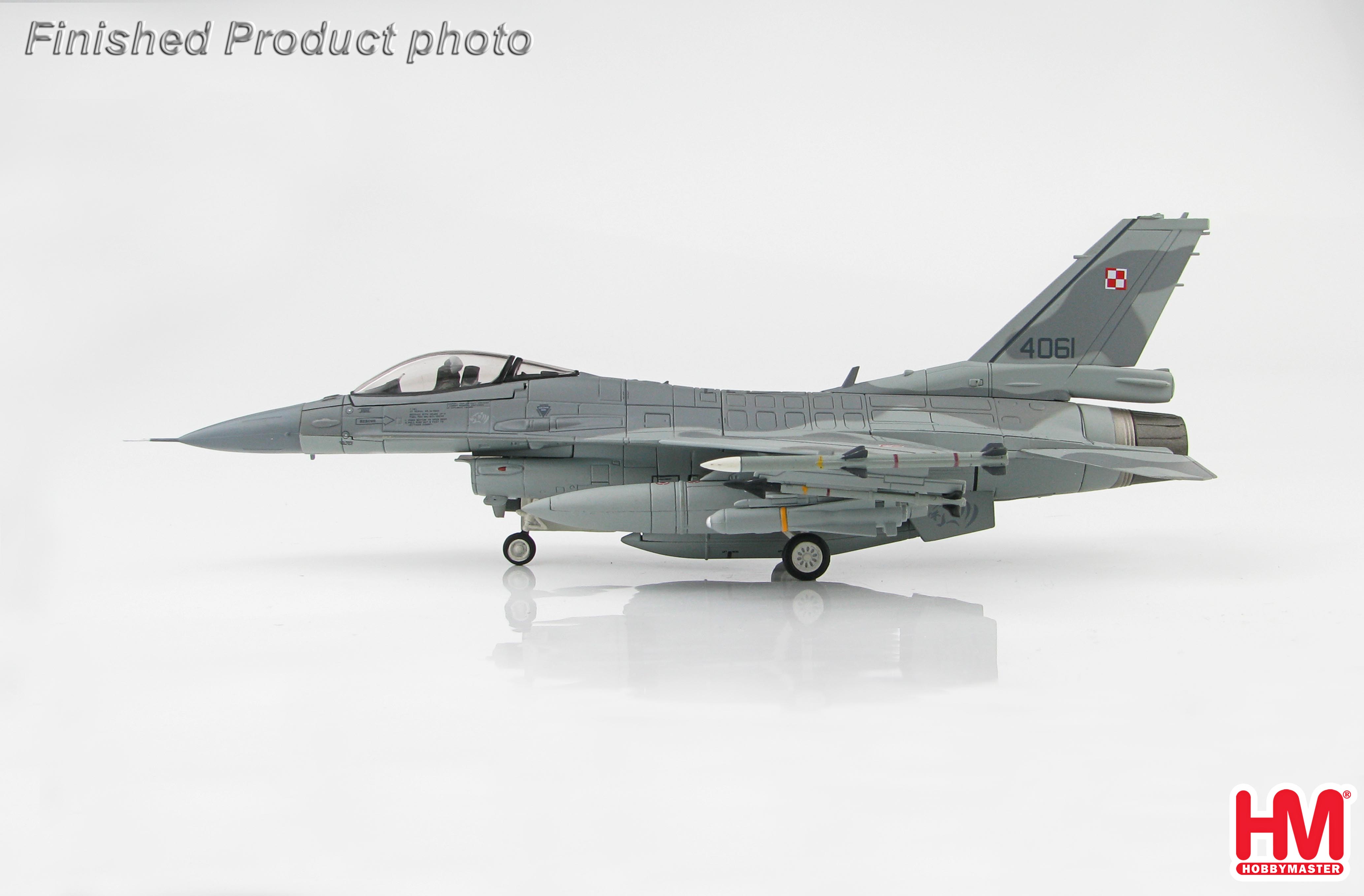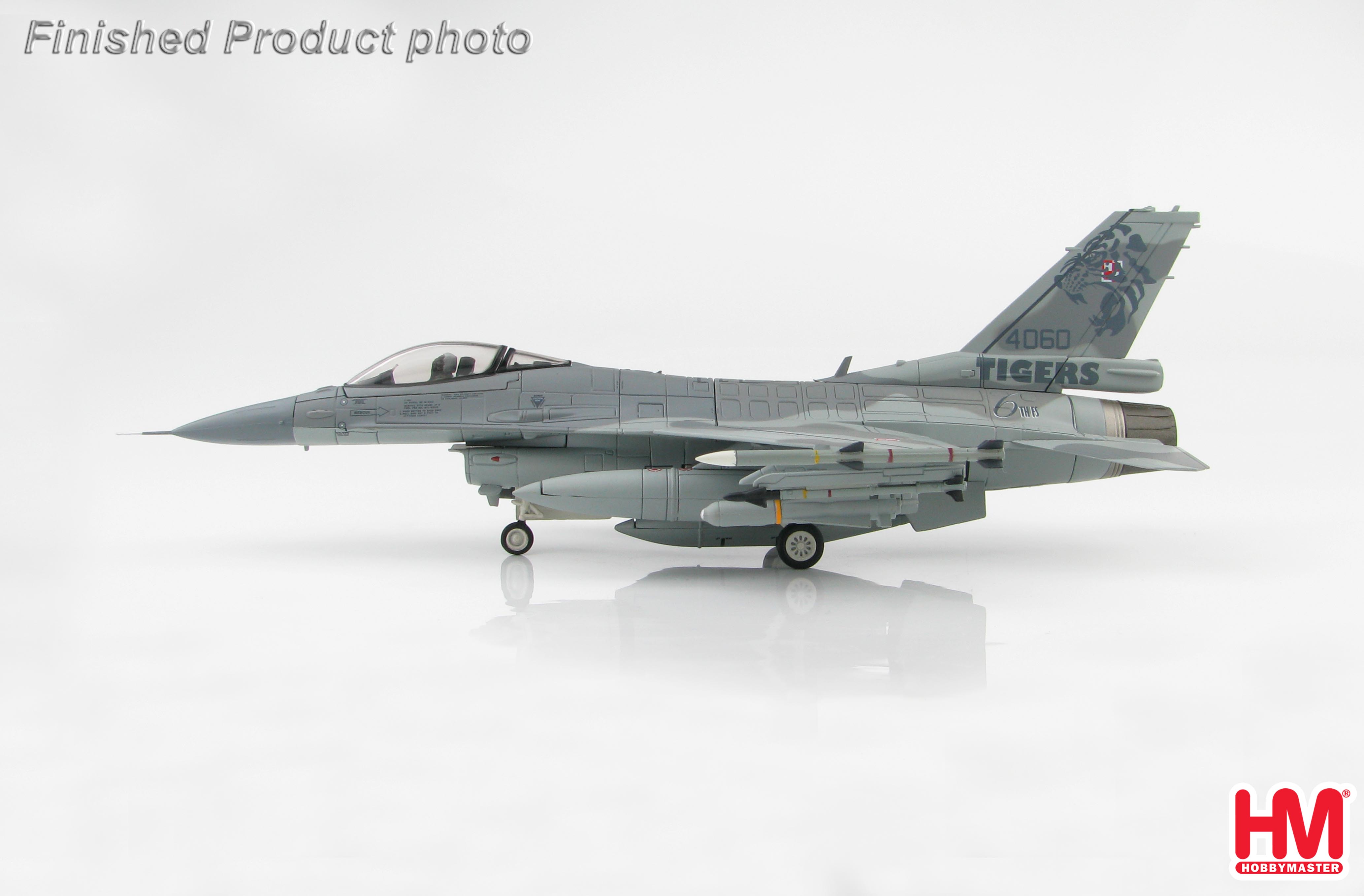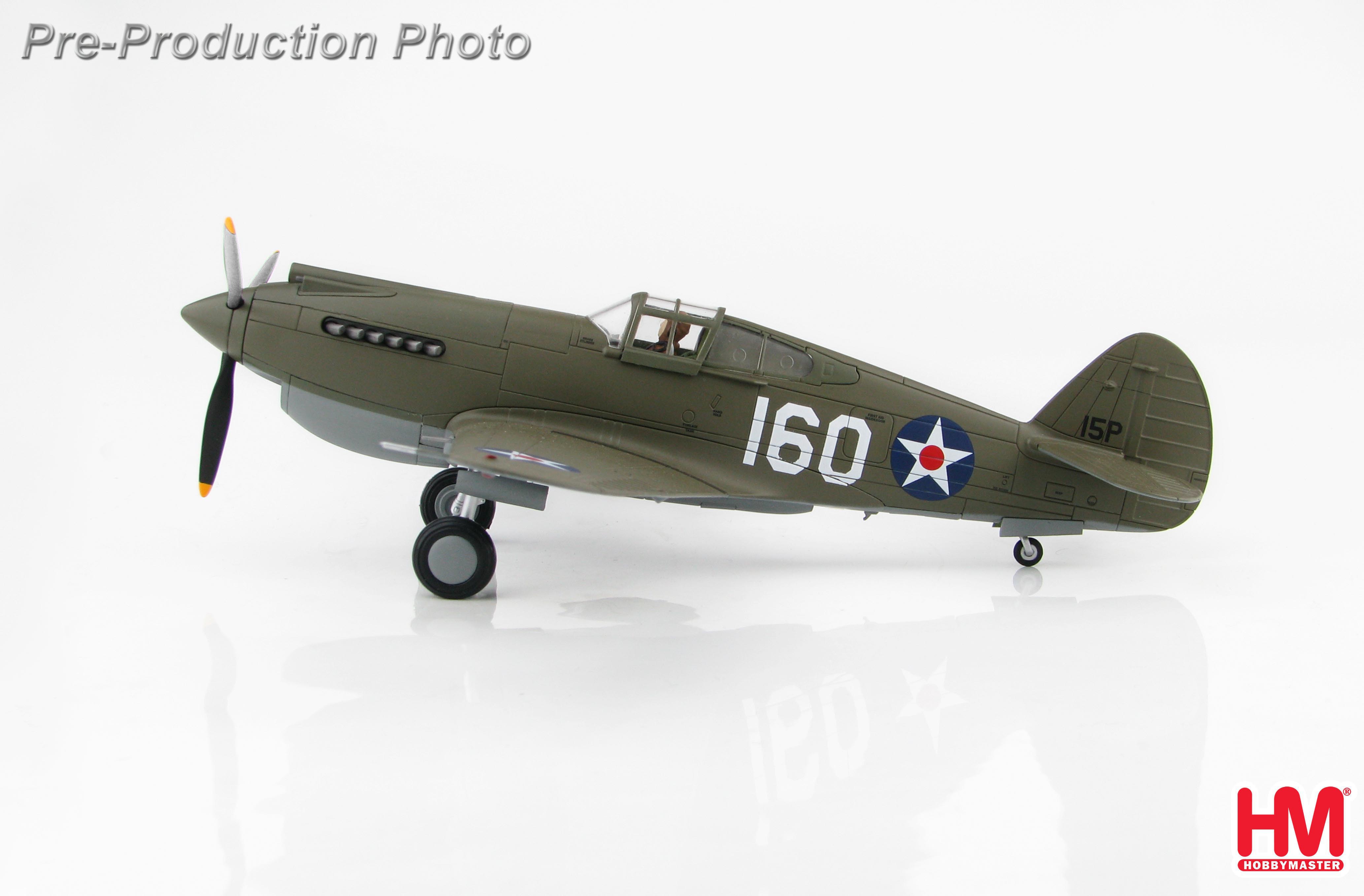
Sukhoi Su-33 77 RED at Kubinka Air Base
The Sukhoi Su-33 is an all-weather carrier-based twin-engine air superiority fighter designed by Sukhoi and manufactured by Komsomolsk-on-Amur Aircraft Production Association, derived from the Su-27 and initially known as the Su-27K. Compared with the Su-27, the Su-33 has a strengthened undercarriage and structure, folding wings and stabilators, all for carrier operations. The Su-33 has canards and its wings are larger than the Su-27 for increased
During the 1970s, the Yakovlev Yak-38, then the Soviet Navy’s only operational carrier-based fixed-wing combat aircraft, was found to be unable to undertake its role due to limited range and payload, which severely hampered the capability of the Soviet Navy’s Project 1143 carriers. It was decided to develop a bigger and more potent carrier capable of operating STOL aircraft. During the assessment period, a number of aircraft carriers were studied; the Project 1160 carrier would have been able to operate the MiG-23s and Su-24s, but was abandoned due to budget constraints. Design efforts were then concentrated on the Project 1153 carrier, which would have accommodated the Su-25s and the proposed MiG-23Ks and Su-27Ks. Sufficient funding was not secured, and the Navy looked at the possibility of a fifth, and larger, Project 1143 carrier, modified to allow for Yak-141, MiG-29K and Su-27K operations.
To prepare for the operations of the Su-27K and the rival MiG-29K on-board the new carrier, work proceeded on the development of the steam catapult, arresting gear, optical and radio landing systems. The pilots were trained at a new establishment in Crimea, named NITKA, for Aviation Research and Training Complex. In 1981, the Soviet government ordered the abandonment of the catapult system as part of an overall downsize of Project 1143.5 carriers, which also included cancelling the fifth Project 1143 carrier and Varyag. A takeoff ramp was installed at the complex, where takeoffs would be executed to ensure that the Su-27Ks and MiG-29Ks would be able to operate from carriers. Both Sukhoi and Mikoyan modified their prototypes to validate the takeoff ramp. Three Sukhoi T10s (−3, −24 and −25), along with an Su-27UB, were used for takeoffs from the simulated ramp. The first of these tests were undertaken by Nikolai Sadovnikov on 28th August 1982. Flight tests indicated the need for a change in ramp design, and it was modified to a ski-jump profile.

Su-33 preparing for take-off on Admiral Kuznetsov, on the Barents Sea, during a visit by Russian President Dmitry Medvedev
Conceptual designs of the Su-27K commenced in 1978. On 18th April 1984, the Soviet government instructed Sukhoi to develop an air defence fighter; Mikoyan was ordered to build a lighter multirole fighter. Full-scale design of the Su-27K soon started as the “T-10K” under the guidance of Konstantin Marbyshev. Nikolai Sadovnikov was appointed the design bureau’s Chief Test Pilot for the programme. By November 1984, conceptual design had passed its critical design review, with the detailed design finalised in 1986. The two prototypes were constructed in conjunction with KnAAPO in 1986–1987.
The first Su-27K prototype, piloted by Viktor Pugachyov, made its maiden flight on 17th August 1987 at the NITKA facility; the second followed on 22nd December. Flight tests continued at NITKA, where Su-27Ks and MiG-29Ks demonstrated and validated the feasibility of ski-jump operations. The pilots also practised no-flare landings before making an actual landing on a carrier deck. It was another two years before Tbilisi, subsequently renamed Admiral Kuznetsov, left the shipyard.

Sukhoi Su-33 Flanker D
Viktor Pugachyov, piloting the second Su-27K, became the first Russian to conventionally land aboard an aircraft carrier on 1st November 1989. It was found that the carrier’s jet blast deflectors were too close to the engine nozzles when raised at an angle of 60°; thus an improvised solution held the deflectors at 45°. However, when the aircraft was in front of it for longer than the maximum six seconds, the shield’s water pipes exploded. The pilot, Pugachyov, reduced engine throttle, accidentally causing the detents (blocks used to restrain aircraft from accelerating) to retract and the fighter to move forwards. The aircraft was quickly stopped; Pugachyov later took off without the use of blast deflectors or detents. Since then, a Kamov Ka-27PS search-and-rescue helicopter was flown close to the carrier in case of an accident.
During the following three-week period, 227 sorties were amassed, along with 35 deck landings. Flight testing continued afterwards, and on 26th September 1991, naval pilots began testing the Su-27K; by 1994, it had successfully passed the State Acceptance Trials. During 1990–1991, seven production aircraft were rolled out.

A Su-33 onboard Admiral Kuznetsov in 1996. U.S. Navy sailors from USS San Jacinto are visiting the carrier.
The first of two known versions of the Su-33, the twin-seat Su-33UB, made its first flight in April 1999. The aircraft, piloted by Viktor Pugachyov and Sergey Melnikov, flew for 40 minutes near Ramenskoye Airport. The Su-33UB (Initially named as Su-27KUB, “Korabelny Uchebno-Boevo”, or “carrier combat trainer”) was planned to be a trainer, but with the potential to fill other roles. Notable improvements over the Su-33 included a revised forward fuselage and leading edge slats, bigger wings and stabilators.
In 2010, Sukhoi developed an updated version of the Su-33; flight trials began in October 2010. This modernised Su-33 was to compete with a potential Chinese indigenous version of the original Su-33, and to encourage orders from the Russian Navy. Major upgrades to the aircraft included more powerful (132 kN, 29,800 lbf) AL-31-F-M1 engines and a larger weapons carriage; upgrades to the radar and weapons were not possible at the time due to funding constraints. According to military author Richard Fisher, it has been speculated that further modifications to a new production batch would include a phased-array radar, thrust-vectoring nozzles, and long-range anti-ship missiles.

Rear/starboard view of Su-33 at MAKS Airshow 2007. Under the shortened tail “stinger” is the arrestor hook
To adapt the original Su-27 for naval operations, Sukhoi first incorporated a reinforced structure and undercarriage to withstand the great stress experienced upon landing, particularly quick descents and non-flare landings (landings where the aircraft does not ‘float’ and slow its descent rate just prior to touchdown). The leading edge slats, flaperons and other control surfaces are enlarged to provide increased lift and manoeuvrability at low speeds, although the wingspan remains unchanged. The wings feature double-slotted flaps and outboard drooping ailerons; in total, the refinements enlarge the wing area by 10–12%. The wings and stabilators are modified for folding to maximise the number of aircraft the carrier can accommodate and to allow ease of movement on deck. The aircraft is outfitted with more powerful turbofan engines to increase thrust-to-weight ratio, as well as an in-flight refuelling probe. The Su-33 sports canards that shorten the take-off distance and improve manoeuvrability, but have required reshaping of the leading edge root extensions (LERX). The rear radome is shortened and reshaped to prevent its striking the deck during high-Alpha (angle of attack) landings.

Admiral Kuznetsov aircraft carrier
Compared with the rival MiG-29K, the Su-33’s maximum takeoff weight (MTOW) is 50% higher; fuel capacity is more than double, allowing it to fly 80% further at altitude (or 33% at sea level). The MiG-29K can spend as much time as the Su-33 on station by using external fuel tanks, but this limits its ordnance capacity. The Su-33 can fly at speeds as low as 240 km/h (150 mph), in comparison the MiG-29K needs to maintain a minimum of 250 km/h (160 mph) for effective control. However, the MiG-29K carries more air-to-ground munitions than the Su-33. The Su-33 is more expensive and physically larger than the MiG-29K, limiting the numbers able to be deployed on an aircraft carrier.
The Su-33 carries guided missiles such as the R-73 (four) and R-27E (six) on twelve hardpoints, supplemented by the 150-round 30 mm GSh-30-1. It can carry an assortment of unguided rockets, bombs and cluster bombs for secondary air-to-ground missions. The aircraft can be used in both night and day operations at sea. The radar used, “Slot Back”, has been speculated to have poor multi-target tracking, making the Su-33 reliant on other radar platforms and airborne warning and control system (AWACS) aircraft like the Kamov Ka-31 early-warning helicopter. The R-27EM missiles have the capability to intercept anti-ship missiles. The infra-red search and track (IRST) system is placed to provide better downward visibility.

Russian Su-33 on Admiral Kuznetsov Aircraft Carrier
The Su-27K entered service in the mid-1990s. From December 1995 to March 1996, Admiral Kuznetsov set sail in the Mediterranean Sea, carrying two Su-25UTGs, nine Ka-27s, and 13 Su-27Ks. However, the aircraft officially entered service 31st August 1998 with the 279th Naval Fighter Regiment of the Northern Fleet based at Severomorsk-3, by which time it was officially designated the “Su-33”. The Russian Navy currently operates 19 Su-33s, however in the long term these need to be replaced.
With the break-up of the Soviet Union, the Russian Navy was dramatically downsized, with many shipbuilding programmes stopped. Had Varyag, Oryol and Ulyanovsk been commissioned, a total of 72 production airframes would have been built; the early-airborne warning and MiG-29K would also have proceed, instead of being abandoned. Only 24 examples were built at the time Varyag was sold to China. In 2009, the Russian Navy announced an order for 24 MiG-29Ks to replace the Su-33, to be delivered from 2011 to 2015. However, in 2015, Major-General Igor Kozhin, the Commander of the Navy’s Air and Air Defense Forces, announced that a second fighter regiment would be formed to augment the current force, with the intention that the MiG-29s be used by this new unit, with the existing Su-33s refurbished for further use. A contract for the installation of the SVP-24 targeting system on the Su-33s was signed in the spring 2016. The first modernized aircraft was delivered as of September of the same year. Deliveries of upgraded engines for Su-33 started in 2017.

Sukhoi Su-33 Flanker D
Internationally, the People’s Republic of China was identified as a possible export customer. Russia’s state weapons exporter, Rosoboronexport, was previously negotiating an order of 50 aircraft totalling US$2.5 billion. China would have initially acquired two aircraft worth $100 million for testing and then have further options to acquire an additional 12–48 aircraft. The fighters were intended to be used with the fledgling Chinese aircraft carrier programme, with the former Soviet carrier Varyag as the centrepiece.
At the sixth Zhuhai Airshow in late 2006, Lieutenant General Aleksander Denisov publicly confirmed at a news conference that China had approached Russia for the possible purchase of Su-33s, and negotiations were to start in 2007. On 1 November 2006, the Xinhua News Agency published the information on its military website that China planned to introduce the Su-33. China had previously obtained a manufacturing license for Su-27 production.

A Su-33 aboard Admiral Kuznetsov near Syria
Sukhoi is working on a more advanced version, the Su-33K, a development to integrate the advanced technologies of the Su-35 fighters into the older Su-33 airframe. However, worries over other Chinese intentions emerged when it was reported that China had acquired one of the T-10Ks, a Su-33 prototype, from Ukraine, potentially to study and reverse engineer a domestic version. Various aircraft are alleged to have originated partially from the Su-33, such as the Shenyang J-15. Photos of Shenyang aircraft designers posing in front of a T-10K carrier based fighter prototype strongly suggest that the J-15 is directly related to T-10K. Negotiations stagnated as the Shenyang Aircraft company sought to reduce Russian content in the aircraft, while Sukhoi wanted to ensure a level of income from future upgrades and modifications made to the J-11.
India was also viewed as another potential operator of the Su-33. The Indian Navy planned to acquire the Su-33 for its aircraft carrier, INS Vikramaditya, the refurbished Soviet Admiral Gorshkov, which was sold to India in 2004. In the end, the rival MiG-29K was opted for, because of the Su-33’s outdated avionics. The size of the Su-33 reportedly led to concerns over potential difficulties in operating it off the Indian carriers, a constraint not shared by the smaller MiG-29K.
On 15th November 2016, Sukhoi Su-33 fighter jets began conducting combat flights over Syria from Admiral Kuznetsov’s flight deck in the ongoing Syrian civil war. On 5th December 2016, it was reported that a Su-33 had crashed into the Mediterranean Sea after it failed to land on the carrier for a second time due to an arrestor cable problem.

Su-33 Flanker D Bort 67, 1st Aviation Squadron, 279th shipborne Fighter Aviation Regiment
Hobbymaster New Model Announcements
New release Hobbymaster models have just been announced and are available to pre-order at Flying Tigers .
Don’t forget NO DEPOSIT necessary with Flying Tigers and if you order with your debit or credit card your payment is not taken until your model is available to dispatch.
Flying Tigers will also consolidate your orders to save on postage costs across all brands !
Please click on the images / links below to go to the model of your choice, or CLICK HERE to see them all in the Future Models section.
Calibre Wings New Model Announcements !
New Calibre Wings models have just been announced and are available to pre-order at Flying Tigers . The last Russian Su-24 Fencer completely sold out at pre-order stage ! Check out the next Su-24 Fencer models in the range below. There is also a very high specification pair of F-16s with lots of new features and attention to detail. Click on the F-16 links below to go straight to the model page to view these in the model photo gallery. Lastly a very interesting piece of Diorama to show off your Calibre Wings Tomcats… see below !
Don’t forget NO DEPOSIT necessary with Flying Tigers and if you order with your debit or credit card your payment is not taken until your model is available to dispatch.
Flying Tigers will also consolidate your orders to save on postage costs across all brands !
Please click on the images / links below to go to the model of your choice, or CLICK HERE to see them all in the Future Models section.
New Model Arrivals at Flying Tigers this week.
The following models have arrived at Flying Tigers this week. Pre-ordered models are either already on their way to you or due out soon. Please click on the photo of the model of your choice to go straight to the model page to order direct from stock.
Hobbymaster Photo Gallery Updates
Check out the updated model photo gallery on pre-order Hobbymaster models. Please click on the images / links below to go to the model of your choice, or CLICK HERE to see them all in the Future Releases section.
That’s all for this week.
Thank you for reading this week’s Newsletter.
Richard.
Flying Tigers.












